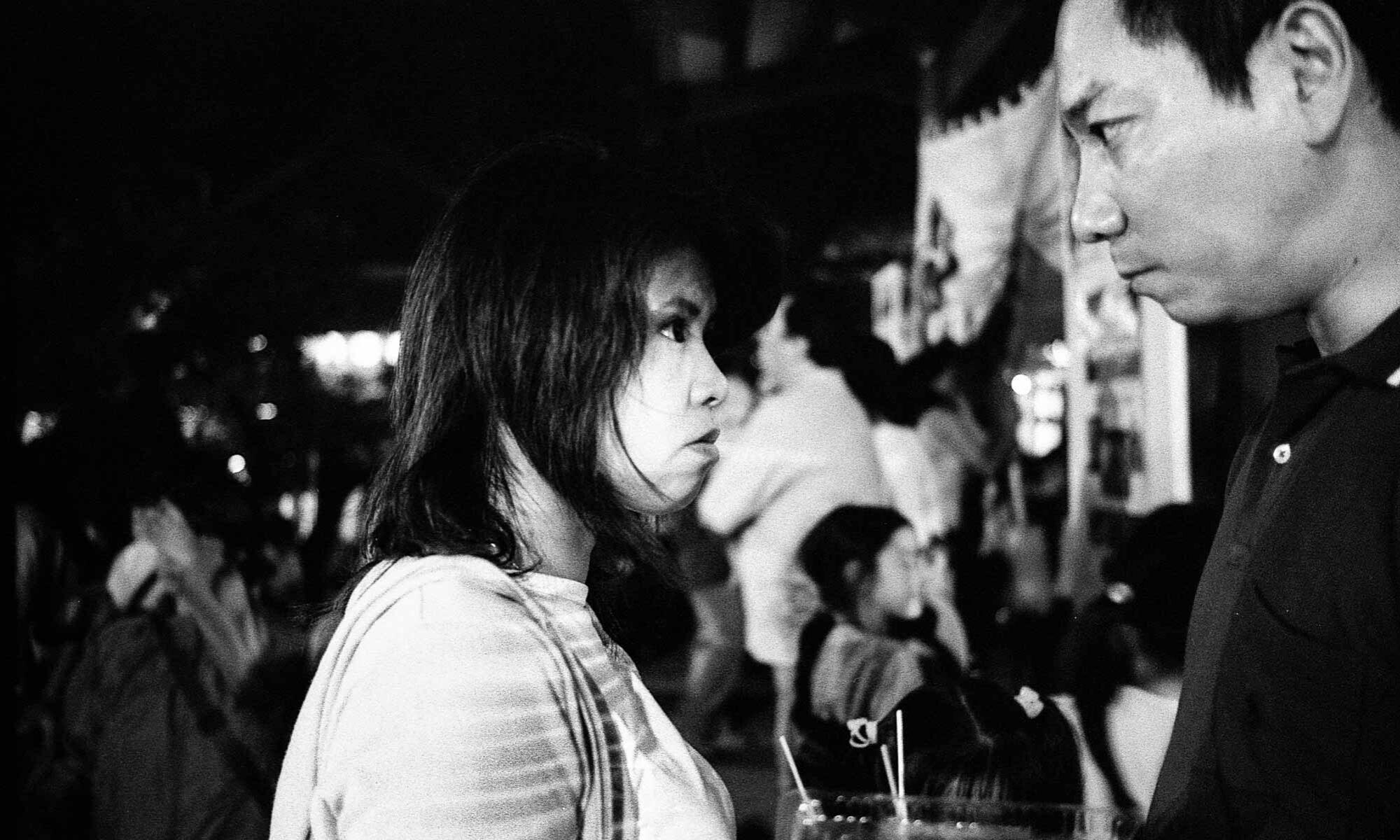 I went to see Elliott Sharp and 11 other assorted Japan-based musicians perform his composition SyndaKit the other night at the Pit Inn in Shinjuku. It was a full house, testament not only to the renown of Sharp himself, but also to the impressive roster of performers sharing the stage with him.
I went to see Elliott Sharp and 11 other assorted Japan-based musicians perform his composition SyndaKit the other night at the Pit Inn in Shinjuku. It was a full house, testament not only to the renown of Sharp himself, but also to the impressive roster of performers sharing the stage with him.
I have to confess I was not really aware of Sharp until I came across the event’s listing online, and although I did do the requisite YouTube research (this video is a good start — he played the same instrument last night) what attracted me to the event was the chance to see all the other musicians at the same time — you know, value for the yen and all. In addition to Sharp, some of the names that popped out at me were Michiyo Yagi (koto), Kazutoki Umezu (alto sax, clarinet), Yumiko Tanaka (shamisen) and Jim O’Rourke (guitar).
Unfortunately, because I decided on the event late, I wasn’t really able to get a seat near the front (The Pit Inn actually seats people based on when they bought/reserved their ticket, a fair system I wish other venues would implement, even though in this case it meant I was sitting near the back). That meant that it was primarily an aural experience for me, and on that score it was okay, but not great.
A friend to whom I mentioned that I was going to the show emailed me that he thought that with that many musicians it must be an improvised performance. In fact if wasn’t, “SyndaKit” being the name of Sharp’s composition that the ensemble played. How it worked was that each musician had what was a slightly different sheet of music, or perhaps more accurately, a different part of the composition. After the group would do a run through (the length of each run-through seemed to be in the hands of Sharp as performer and conductor), they would pass their sheet of music on to the player beside them, who would do the same. And so it went after each “session” or section of the piece. (Things got comical later since the crammed nature of the stage meant that there wasn’t really a nice circle formed, and later the sheet passing became more of sheet exchanging and was punctuated by many “No, I’ve already done this one” comments.)
Sharp made some comment early on that we would be hearing the same piece over and over again, but that it would be different each time, and he was certainly right about that. Later, when it got really chaotic with the sheet exchanging, he commented that he didn’t want to tell the musicians but in reality the sheets were not really needed after they had done the first run through since they were playing loops. I really have no idea what that means or if it was in fact true, but I thought the increasingly chaotic nature of the sheet exchanges added a lot to the performance. One thing that was interesting was how one performer (violinist Keisuke Ohta) at a couple of different points spoke into the mic something repetitive, such as “Ikebukuro” (the name of an area in Tokyo) 20 or so times. I would love to know what the score said there — did Sharp insert something topical like a place name, or were there instructions on the score to the effect of something like “repeat over and over again the first word that comes into your head”. And why was it that with all the sheet exchanging, the same performers ended up doing the same thing during another section of the piece? Coincidence?
In the end, it was probably these questions, as fascinating as they were, that gave the performance a slightly academic or contrived air and made the evening just okay for me. Not being able to really see the musicians, and wondering how much they were playing a part rather than expressing something near and dear to them, left me feeling slightly cold and unsatisfied.
I recorded a few minutes from one of the segments on my iPhone, so you can get a taste of the music (it runs 4:51):
[audio:http://www.easterwood.org/hmmn/audio/Sharp_SyndaKit.mp3]